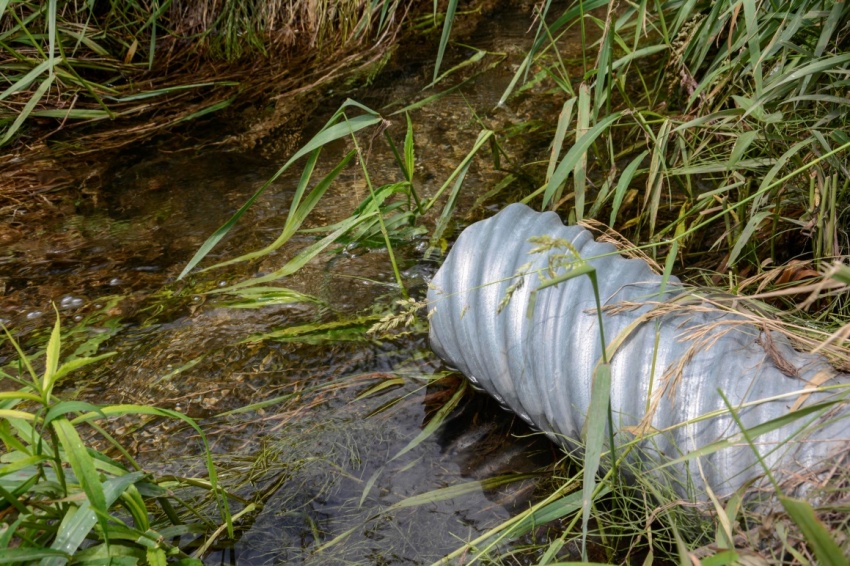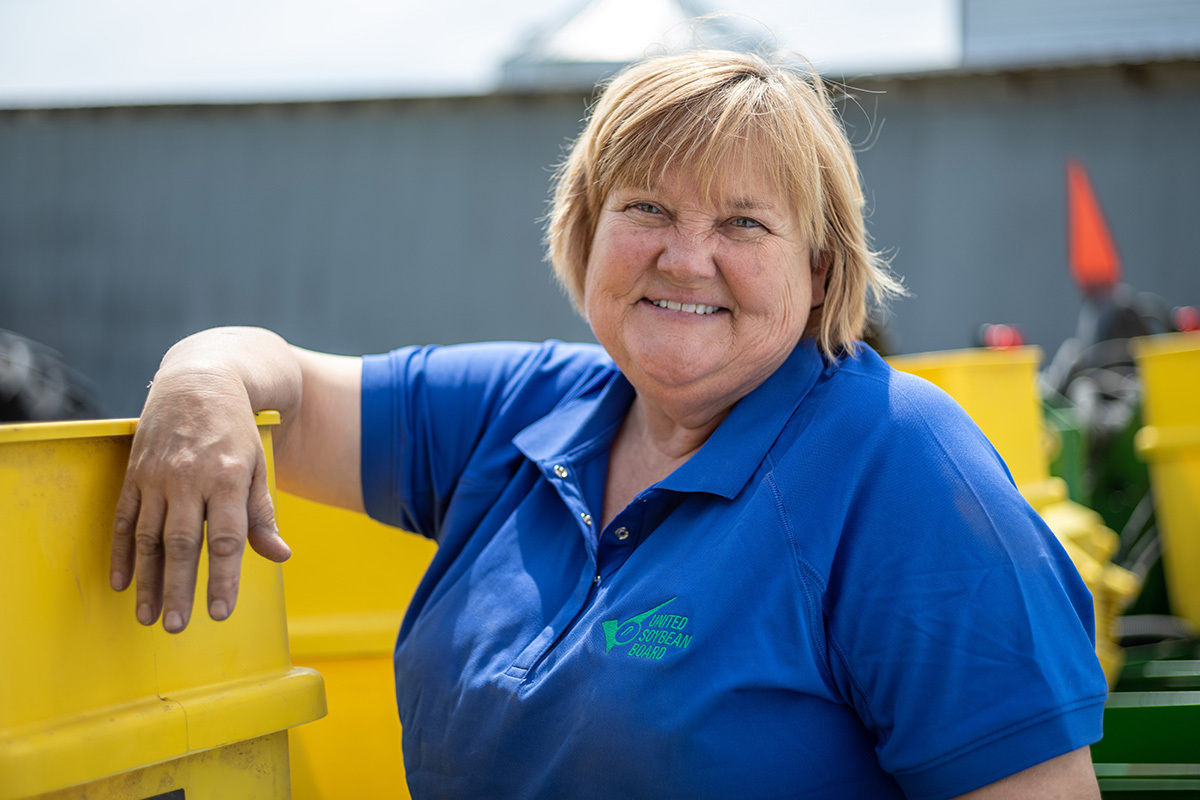Three Underlying Reasons Adding Tile Can Be Worth the Investment

In recent years, farmers across the Midwest have experienced heavy rainfall and flooding that has lowered yields and even killed crops. Excessive water causes root hypoxia or lack of oxygen in the crop, causing root deterioration, and can have a devastating impact on yield.
Kelvin Leibold, farm management field specialist at Iowa State University, says tile drainage systems can be a beneficial solution in areas that experience drainage problems. Here are three underlying reasons he says adding tile to your field can be worth the investment.
1. Timely Fieldwork
Varying weather patterns each year require farmers to complete a large amount of fieldwork within a short timeframe. According to Leibold, tile drainage systems reduce the time needed for field dry-down after heavy rains. That allows farmers to get in their fields earlier for planting and helps to avoid a high occurrence of delayed fieldwork due to ponding.
“In recent years, farmers have expressed a tremendous interest in tile due to the increased rainfall that has shortened the planting window substantially, causing significant challenges for producers getting their crops in,” said Leibold.
2. Protect Your Yields
Adding tile in wet areas allows for higher yields in many cases, which is an important factor in determining the return on your investment. Determining the increase in revenue, however, is not an exact science.
“The revenue increase cannot be calculated as a fixed number, but rather a range of possible outcomes,” explains Leibold. That range of outcomes involves two important factors: weather and grain prices, which both vary each year.
“If grain was sold for $6 a bushel and I saw an extra 30 bushels per acre with my drainage system in place, I could potentially recapture the costs in three or four years,” he says. “If grain is $3 a bushel and I pick up an extra 10 bushels in yield, it might take 20 years or more to make that back.”
Similarly, in a run of dry years, farmers would see little benefit from tile drainage.
While it is impossible to foresee weather patterns and grain prices, Leibold suggests farmers use new technologies, such as combine yield monitor maps, to help identify consistently water-saturated areas where tile may beneficial.
3. Long-Term Profitability Boost
Although tile installation comes at a high price, Leibold explains that having tile in place where needed helps farmers stay profitable in the long run and avoid down years. Without a drainage system in place, farmers shoulder the risk associated with drowned-out crops and the loss of the cost of inputs, such as seed, chemicals and land rent.
With returns beginning to show within just one year in some cases, adding tile to your fields now can save additional time and labor in future years, aiding the goal of your income exceeding the cost of installation. In addition, the drainage systems make the land more valuable when sold and can provide tax deductions as well.



